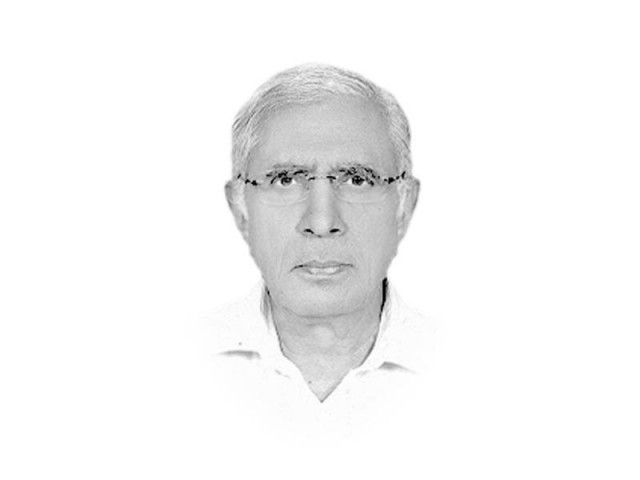No story is worth your life
Media persons who cover violent events need to be aware of the risks to their life and limb

The writer served as Executive Editor of The Express Tribune from 2009 to 2014
And even as new threats to the media emerge, the longstanding threat of government repression persists. Authorities abuse their own laws to censor and kidnap those who criticise or seek to investigate wrongdoing. According to a special report compiled by the Committee to Protect Journalists for Ethical Journalism Network (EJN), repression and impunity endanger the lives and liberty of reporters and foster a climate of fear and self-censorship among journalists and opinion leaders, suppressing news of public interest. This has consequences for all freedoms far beyond freedom of expression. A healthy democracy depends on the free flow of news and opinion to and from the governed. Journalists play a vital role in ensuring that flow and in holding the powerful to account.
Against this backdrop of terror, traditional advocacy is not enough. Journalists must strive to educate themselves about the threats and work in solidarity to combat violence and impunity. Press freedom groups who have relied on direct financial help to at-risk journalists and advocacy with governments must adopt a more holistic approach incorporating physical, digital, and psychological aid. Media safety specialists, including Tug Wilson from The New York Times, point to the early 2000s as the moment when journalists working in hostile environments began to be perceived as targets. Most notable was the 2002 kidnapping and videotaped beheading of Wall Street Journal correspondent Daniel Pearl in Karachi. His death signaled a new era in which violent non-state actors use journalists as pawns in asymmetrical warfare with foreign powers.
The same technology that has allowed more people to report has also compounded the dangers of doing so. While journalists can gather news in an instant, the required tools leave their users exposed. Reporters who stay too long in a conflict zone can attract attention and be tracked down. Those who file or tweet live from an internet hotspot are signaling their presence to a potential perpetrator. And the competitive pressures to file live are tremendous. A decade ago, reporters would have waited to leave a region to publish their material.
Signals from today’s hand-held satellite phones can be readily traced with the appropriate equipment. Media outlets are vulnerable to digital threats even when their journalists don’t travel. Websites are subject to traffic floods (distributed denial-of-service, or DDoS, attacks) and other types of warfare from hackers, including those presumed to be hired by governments wanting to silence critical news outlets. The response to the soaring dangers may not be adequate and it is certainly not spread uniformly around the globe. But safety experts and journalists can point to improvements over the past decade.
First is simply the acknowledgement within news organisations that safety is an issue. Second, journalists themselves are more aware of risk and are demanding the means to ensure their own safety. Third, cooperation among journalists has increased and fewer reporters in dangerous areas are working in isolation. Fourth, the UN Security Council adopted two resolutions in 2006 and 2015 on journalist safety and the protection of civilians in armed conflict respectively; and the General Assembly has passed numerous resolutions on impunity in the killing of journalists. These and other efforts, such as UNESCO’s journalist safety mechanism, may not have directly saved many lives, but they are a step on the road to improved protections.
Published in The Express Tribune, February 25th, 2017.
Like Opinion & Editorial on Facebook, follow @ETOpEd on Twitter to receive all updates on all our daily pieces.














COMMENTS
Comments are moderated and generally will be posted if they are on-topic and not abusive.
For more information, please see our Comments FAQ